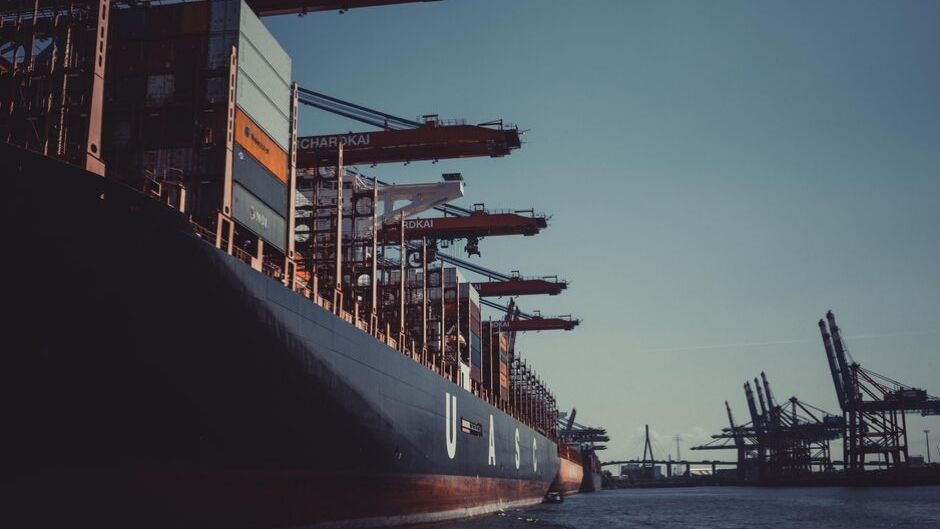Access to affordable trade finance is a condition of success in international trade, to the same extent as rapid clearance of customs and efficient transportation. For decades, successful companies in developed countries have benefitted from the existence of mature financial industries distributing high volumes of finance and guarantees at low rates. Trade finance is normally a high volume and low-cost source of finance, because the risk of default is small, with a global average of 0.2%, and little difference across countries.
Still, production and trade are reaching countries which have a comparative advantage to produce goods but relatively young financial sectors which are not always able to support all such new trade, at least at an affordable cost. The result is the emergence of significant gaps between supply and demand. According to a study by the Asian Development Bank (ADB), the current trade finance gap is estimated at $1.5 trillion, mostly in developing countries: half of the gap is in developing Asia, Africa and Latin America. The smaller enterprises are hit the hardest. The World Economic Forum estimated that the trade finance gap could widen further still, reaching 2.5 trillion dollars by 2025, as supply chains move further away from China to poorer developing countries.

The ADB study lists the reasons why trade finance requests in developing countries are more likely to be rejected: recognition of firm creditworthiness is more difficult, hence the demands for collateral are prohibitive; locally, traders also face more selective and perhaps less advanced local financial industries, also skilled in handling complex products and risks. Moreover, since the great financial crisis of 2008, international banks have been shrinking their network of correspondent banking relationships, mainly in developing countries, reducing their ability to clear transactions with the rest of the world.
This is concerning to international institutions. Without loans and guarantees, many entrepreneurs, mostly cash-less ones, cannot trade and compete. This is a major obstacle to help people access global markets and ensure that trade plays its full role in promoting growth, development, and job creation. WTO Members repeatedly flagged the need to address trade finance gaps.
For several years now, the WTO has built a strong coalition of institutions to try address problems and call the attention of the international community over trade finance shortages. The strategy of the WTO Director-General points to three directions:
- Supporting multilateral development banks’ trade finance facilitation programmes by way of advocacy and mobilization;
- Reducing the knowledge gap regarding trade finance products, by encouraging our partners to increase their training programmes;
- Opening a dialogue with trade finance regulators;
Progress has been achieved in each of these areas. Multilateral development banks stepped in to increase their financing or guarantees in the poorest parts in the world. In 2018, these programmes supported around $30 billion in trade transactions in low-income countries, a 50% increase since 2018, with a greater focus on SMEs. For example, in the context of its trade finance facilitation programme, the Asian Development Bank doubled the number of trade transactions supported involving SMEs, to 4,500 last year. The African Development Bank and African Import and Export Bank are doing likewise in Africa. The Director-General has been encouraging multilateral development banks to work closely together to provide better coverage. In July 2017, the Islamic Trade Finance Corporation and IFC met at the WTO and signed a memorandum of understanding to pursue joint financing in Africa. Such joint collaborations help leverage the resources of international agencies. Importantly, trade finance facilitation programs help local and international institutions to gain experience in dealing with one another, so that future transactions be handled independently.
The second area was addressing knowledge gaps in local financial institutions. The WTO, multilateral development banks and the International Chamber of Commerce have been training more than 1,500 people annually, across over 60 countries. Lately, they brought onboard new partners, such as the Financial Stability Board (FSB) and the IMF, to add regulatory issues to the training on trade finance, in particular on anti-money laundering and know-your-customer. In 2019, the WTO directly participated in workshops organized by the IFC in Rwanda, Madagascar, Zimbabwe and Zambia; by the Afreximbank in Morocco; and by the EBRD in Bosnia and Herzegovina and in Greece.
The third area is to increase dialogue with regulators. The Director-General has been reaching out to the heads of the FSB and IMF, with a view to developing practical steps to help trade finance providers come to grips with regulatory demands. Progress is being made in the adoption of the legal entity identifier and in the development of information repositories for due diligence.
This silent work, which aims at improving the capacity of local financial sectors to respond to the growing demand for trade finance, will continue in the coming months, as there is no quick fix to closing trade finance gaps.

































